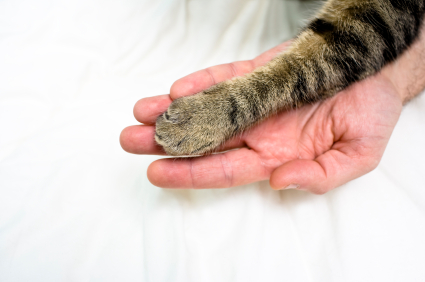We owe it to our furry family members (Sphinx cats and Chinese Crested dogs included) to diagnose and treat it to the best of our abilities. For the purpose of this blog, I’m talking more specifically about degenerative joint disease, aka arthritis; that slow but destructive process which eventually affects us all.
What signs do we look for ?
In dogs most of the symptoms are somewhat easy to spot; less willingness to go for a walk, changes in gait when exercising (more peg-legged or bunny hopping in the hind end), stiff, awkward and slow to rise in the morning and, of course, limping. There are however, a number of subtle changes which can also indicate pain. Excessive panting unrelated to warm temperatures, decreased appetite, changes in behaviour such as increased “clinginess” or a more distant/despondent attitude can be early, yet important indicators of pain.
In the feline world, signs are consistently of a less obvious nature. Cats are masters at concealing illness (including pain). Despite thousands of years of domestication, they still consider themselves as prey for larger carnivores. Consequently, they avoid the outward appearance of vulnerability to others, including humans. Increased hiding and sleeping, changes in behaviour-routine, reduced appetite and a newly found penchant for eliminating outside of the litter box can be early signs of pain. By the time a cat demonstrates an obvious limp (and can no longer hide it from the world) the pain is often quite advanced.
But what about the most important signs of all…whining, crying and yelping ?!
There is a common misconception that vocalization is the crucial proof required in order to declare pain. While it is true that some patients will cry, whine or yelp, most animals with degenerative joint disease will have minimal vocalization, and we need to consider ALL of the signs/changes that we are seeing, in order to diagnose the pain at its earliest stage.
Ok, so we have arthritic pain…now how do we treat it ?
It is often a multi-factorial approach, and will depend on how early the pain is detected. Weight loss, oral joint supplements such as omega 3 fatty acids and glucosamine/chondroitin, injectable joint supplements, anti-inflammatories, and a variety of pain killer options exist.
Give us a call at Clappison Animal Hospital so that we can help determine if your aging pet is suffering in silence.




